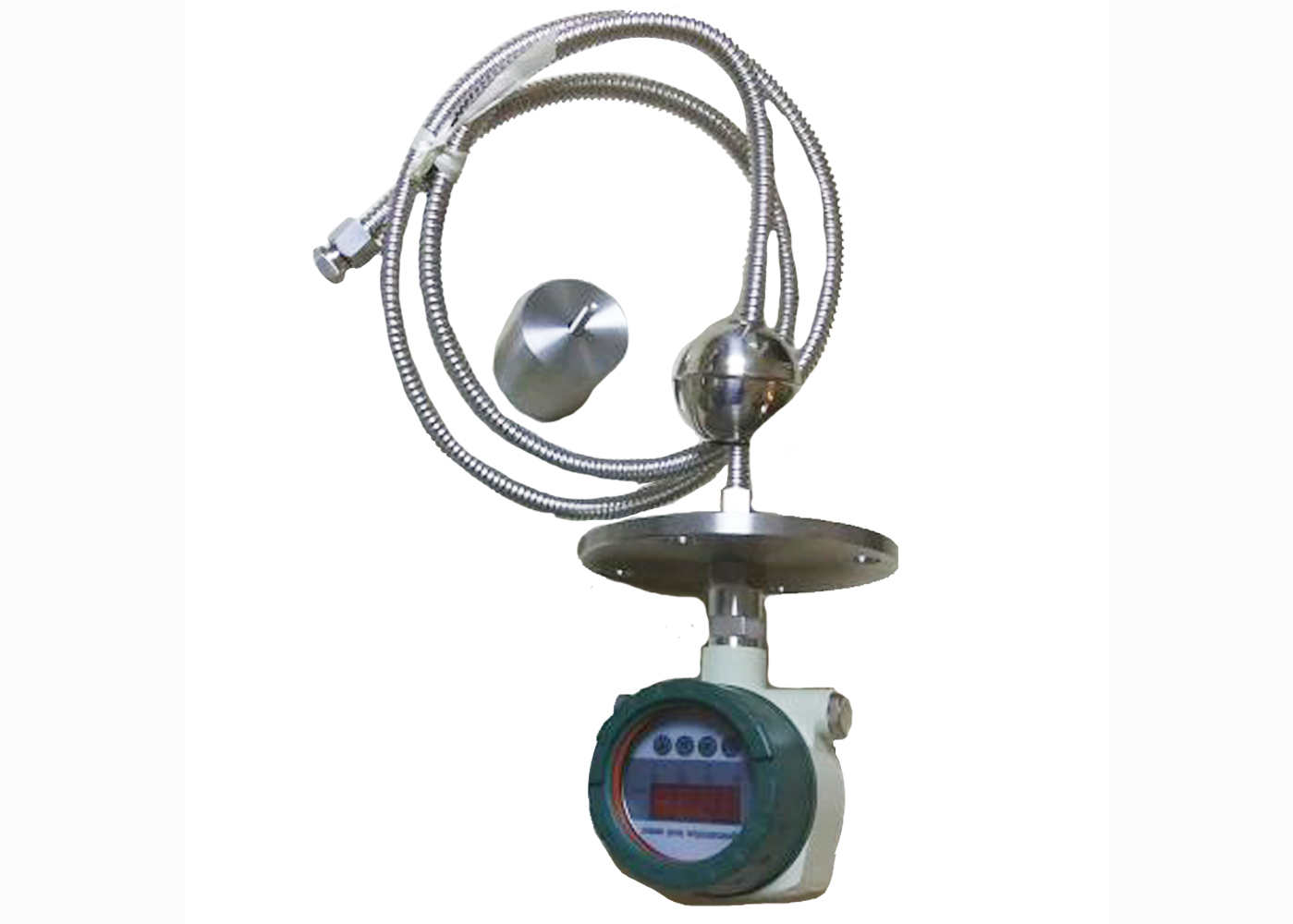magnetostrictive level transmitter working principle
Email: sales01@cxflowmeter.com
whatsapp: 008618049841995
The
magnetostrictive level gauge is a high-precision
level measuring instrument. Its working principle is based on the magnetostrictive effect, also known as the Wiedemann effect. This effect describes the
phenomenon that the change of magnetization direction in ferromagnetic materials will cause the change of medium lattice spacing, resulting in changes in the length and volume of ferromagnetic materials.
The magnetostrictive level gauge mainly consists of the following key components: electronic transmitter, float (built-in permanent magnet) and probe rod (also called waveguide or probe rod). The probe rod
is usually made of special magnetostrictive material, which will expand and contract slightly when subjected to an external magnetic field.
When working, the workflow of the magnetostrictive level gauge is as follows:

Start pulse: The electronic transmitter periodically sends a short current pulse to the probe rod. This pulse generates a magnetic field inside the probe rod that propagates rapidly along the rod.
Magnetic field interaction: The float moves up and down as the measured liquid level rises and falls. The permanent magnet inside the float forms a static magnetic field around it. When the pulsed magnetic
field generated by the transmitter meets the static magnetic field of the float, a magnetostrictive effect is induced at the location where the two interact, generating a tiny distortion wave (or echo pulse) at that point.
Signal detection: This distortion wave propagates in the opposite direction along the probe rod at a fixed ultrasonic speed. When it reaches one end of the probe rod, the electronic transmitter can detect the
returning distortion wave signal.
Time measurement and calculation: By accurately measuring the time difference between the emission of the initial pulse and the reception of the distortion wave signal, and then according to the speed of the
distortion wave propagating in the material, the actual distance of the float (and liquid level) relative to the bottom of the sensor can be calculated, thereby determining the height of the liquid level.
Magnetostrictive level gauges are widely used in various industrial fields for level measurement due to their high accuracy, high stability, high reliability and low sensitivity to environmental changes, including
but not limited to the chemical, petroleum, food processing and water treatment industries. In addition, it also supports remote monitoring and automatic control system integration, easy maintenance and long service life.
In general, magnetostrictive level gauges achieve accurate measurement and monitoring of liquid level height by utilizing magnetostrictive effect and precise time measurement technology.
whatsapp: 008618049841995

